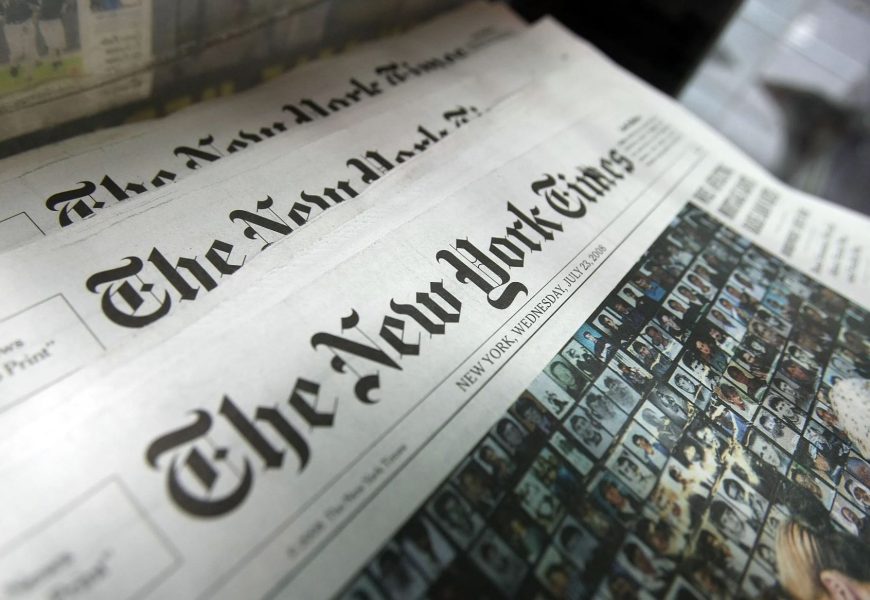When interest payments consume a larger share of the federal budget, there’s less room for everything else – from Social Security to defense to infrastructure. Higher Treasury rates mean household borrowing becomes costlier, too. Mortgage rates climb, and businesses have a tougher time securing bank loans.
For now, America benefits from the dollar’s status as the world’s reserve currency, which means global central banks and investors continue to demand dollars to conduct trade and, as such, hold reserves. That privilege gives the U.S. more leeway to borrow than other countries.
If neither the best nor the worst case occurs, more debt would still make government borrowing costlier, which would add stress to an already vulnerable Treasury market. The next time there’s a shock to the economy, jittery investors could sell Treasurys faster than the market could absorb, forcing the Federal Reserve to step in and buy them up.
That’s what happened in March 2020. When the coronavirus pandemic hit, foreign central banks, hedge funds and other large investors rushed to sell Treasurys to raise cash, overwhelming the dealer banks, such as Goldman Sachs and Morgan Stanley, that would typically absorb those sales. The Fed, attempting to contain the damage, ended up purchasing billions of dollars in Treasurys to restore market functioning. If the Fed hadn’t done this, the Treasury market could have frozen entirely, cutting off the flow of credit across the economy and potentially triggering mass foreclosures, defaults and bank failures.
The Fed appears worried that this scenario could repeat itself. Last week, it unveiled a proposal that would relax the ” supplementary leverage ratio,” which dictates how much of a cash buffer banks must hold. By easing the capital rule, the Fed hopes to encourage dealer banks to hold more Treasurys on their balance sheets – so that if investors rush to sell again, the market has more capacity to handle the shock without immediate intervention from the Fed.






